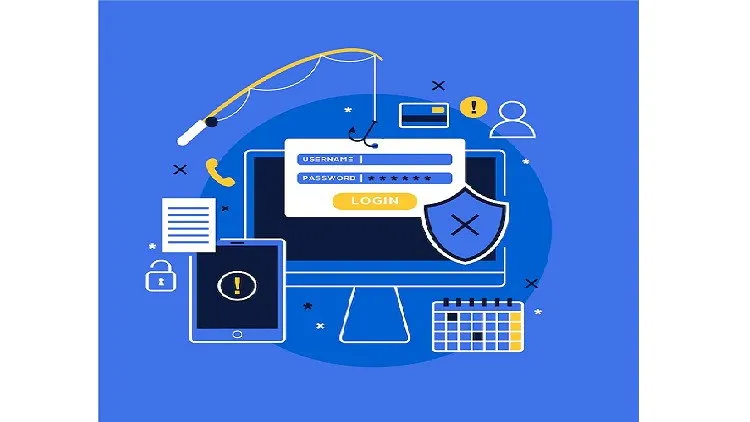CISM Domain 3 - Information Security Program Development
Published 5/2024
Duration: 7h29m | .MP4 1280x720, 30 fps(r) | AAC, 44100 Hz, 2ch | 3.8 GB
Genre: eLearning | Language: English
Published 5/2024
Duration: 7h29m | .MP4 1280x720, 30 fps(r) | AAC, 44100 Hz, 2ch | 3.8 GB
Genre: eLearning | Language: English
CISM Domain 3 - Information Security Program Development and Management (ISPDM) Video Course and Downloadable Flashcards
What you'll learn
Develop a comprehensive information security program aligned with business objectives.
Establish and manage effective security policies, standards, and procedures.
Design and implement a robust security governance framework.
Continuously improve the security program to address evolving threats and challenges.
Requirements
Basic understanding of information security principles.
Familiarity with organizational processes and IT systems.
Description
This course provides an in-depth exploration of the processes and methodologies essential for developing and managing an effective information security program. It is a core component of the Certified Information Security Manager (CISM) certification. The course covers the establishment of security strategies, the creation of a comprehensive security program, and the implementation of security measures that align with organizational goals and regulatory requirements.
Course Objectives:
Understand the fundamentals of developing an information security program.
Design and implement a security strategy that aligns with business objectives.
Establish and manage security policies, standards, and procedures.
Develop an effective security governance framework.
Integrate security measures into organizational processes and systems.
Ensure the continuous improvement of the security program.
Key Topics:
Establishing and Managing the Information Security Program:
Overview of information security management.
Aligning the security program with organizational goals and objectives.
Defining security roles and responsibilities.
Information Security Strategy Development:
Creating a strategic security plan.
Identifying and prioritizing security initiatives.
Resource planning and budget management for security projects.
Policy, Standards, and Procedures:
Developing and implementing security policies and standards.
Establishing operational procedures and guidelines.
Ensuring policy compliance and effectiveness.
Security Governance:
Creating a governance framework for security.
Establishing oversight and accountability mechanisms.
Engaging stakeholders in the governance process.
Security Program Management:
Lifecycle management of the security program.
Integrating security into project management and development processes.
Measuring and reporting the effectiveness of the security program.
Security Architecture and Controls:
Designing a security architecture aligned with organizational needs.
Implementing technical, administrative, and physical controls.
Ensuring the scalability and adaptability of security measures.
Training and Awareness:
Developing security awareness programs for employees.
Creating targeted training for specific roles and responsibilities.
Measuring the effectiveness of training and awareness initiatives.
Continuous Improvement:
Conducting regular assessments and audits of the security program.
Implementing improvements based on assessment results.
Keeping up-to-date with emerging threats and technologies.
Who this course is for:
This course is designed for professionals who are responsible for or involved in the development and management of an organization's information security program.
More Info



